An abstract painting by Flora Yukhnovich.
A few weeks ago, maybe two months, I was looking through either Art Forum or Art in America and saw some very lush paintings which were referred to as “New Rococo” paintings. Later I came across another journal article about the New Rococo paintings somewhere, saw a few ads for one particular artisit (above) and finally listened to an episode of the podcast The Art Angle with Ben Davis. I realized I’d been seeing these works for a few years now; they weren’t just appearing out of nowhere; they were under my radar because I was focused on photography. These works were, for the most part purely, no let’s say mostly, abstract paintings, but there were also artists creating objects in this style, ceramic works that resembled what you would see in a museum, second-hand shop or a Disney film for that matter. Some of these reminded me of abstract photo works by photographers like Wolfgang Tillmans.
A large abstract photo by Wolfgang Tillman’s.
The new Rococo artists combined the asymmetry of detail and curvilinear forms with the naturalistic ornaments popular in the 19th century. That way they managed to link old, 18th-century patterns with modern forms.
Here is a wall-sized piece by Larry Poons, not so new
.
When I entered art school, the most exciting images we looked at were similar in many ways to these. Colour field painters, ranging from Joan Mitchell to Larry Poons, Frank Stella, Gene Davis, Jules Olitski (who had a studio across the street from me in Brooklyn), Helen Frankenthaler, Kennith Noland, Cathrine Porter and most of all, Morris Lewis. We would hear that a Morris Lewis was installed in some Bank building in Boston, and drive there just to see it. To me, these were, in some odd way, also “Rococo” in nature.
But this time around, these huge, purely beautiful and sensual “Rococo” paintings seemed to be blowing up the art market. Prices were shocking. As for me, I found these works, at least for a time, very attractive. But….I had and still have an uncomfortable feeling about these new works.
For some reason, I keep coming back to a question that won’t leave me alone: can photography and photographers step into the world of this New Rococo? As a former abstract painter, now a photographer, I wondered if photography could share in the excess, the sensuality, and the ornamental lushness that define so many of these new paintings filling galleries, works that sometimes feel oversaturated, overloaded, and defiantly beautiful.
One of my more recent landscapes, focusing on a tiny area by my feet.
After a few months of examining these works in more detail, they feel hollow to me - beautiful, yes, but vacant. The prices they claim only deepen my unease. Flora Yukhnovich’s paintings, for instance, have sold for millions, while Larry Poons, who has spent his lifetime wrestling with colour and form, has rarely reached a fraction of those sums at auction. Poons was once at the center of the art world, but because he never settled into a single, market-friendly style, he’s never been “the” artist; he doesn’t play that game. He’s not suffering, not forgotten. It’s just I’m surprised to see work that seems just to skim the cream off his milk, so to speak.
I ask myself, “are we rewarding spectacle over substance?” “Are we chasing mood over meaning?”
Another large Poon’s painting.
I think about Poons because his work has always felt honest, wild but deliberate, chaotic but always searching for form. The same is true of Joan Mitchell. Stylistically, these works are similar to these New Rococo works… in a way. So I’ve spent months looking at Poons, Mitchell, and Porter’s paintings, seeing how their surfaces are alive with energy, yet never careless. Never, to my eye, decorative.
Recently, watching a documentary about Poons reminded me of what drew me to art in the first place: struggle, but not spectacle.
Another of my images of grass and flowers near the edge of the pathway. This image has a very different effect on you when seen close up. The details and repeated patterns propose a structure.
I look at my own recent photographs where I am trying… trying very hard, to create similar “abstract adjacent” works. It started with a series of images of compost piles. Very cluttered, with levels of twisted leaves, branches and vines. And then images of tangled gardens and overgrown thickets. Sometimes I see some of the same qualities that I criticize in these new paintings. Too much prettiness. In the compost, there is more chaos, some pretty flowers, some not so pretty, some rather dead, surrounded by clipping, vines and scattered grasses.
Roses and Rose Hip, By the Airport.
A close-up of brambles after rain might have pink roses gleaming against layered greens: it doesn’t behave like a landscape, not really. It has no center, no focus, no horizon. It’s all surface, all detail, overwhelming detail of plants dead and dying, and I ask, “is that just decoration? Is it something more?”
A “Baroque Grotesque” by Cindy Sherman.
There are photographers who have pushed in this direction. Cindy Sherman’s “Baroque Grotesque” series, with its rotting meat, worms, flies, and odd wigs that in my mind blew apart the idea that beauty has to be safe. (I had trouble at one show keeping my friends in the same room to look at some of these works). Then there is Andreas Gursky’s 99 Cent with its overwhelming rows of brightly colored products, it is pure visual excess, but it’s also a critique of consumer culture. Even Alec Soth, in his portraits where people are glimpsed through curtains of flowers and plants, or looking out through windows of lush, sensual vegetation, plays with layers of spectacle and intimacy. There is an overabundance of things to see.
An Alec Soth portrait, a bit “Rococo-ish”
I keep getting up in the morning, driving somewhere I have in my mind, and I try to take these semi-abstract thoughts of sensual details with my camera.
Another of my recent works taken along a foot path.
Ben Davis warns about the danger of moving in this direction, of the need to be careful, that too much contemporary art has moved from “message to mood.” I know what he means. Mood is easy. Mood seduces you with color, with atmosphere. But I crave that tension you feel in a work by Mitchell or Poons, the sense of beauty hard-won, beauty that’s holding itself together against collapse. Joan Mitchell says she is never really just painting an abstract image, that you should feel, deep in the paint, some sense of structure she is either destroying, rebuilding or at least struggling with. Same with the work of Cathrine Porter, (see below) whose work often had political titles, and always, even in their geometric abstract presentation, presented a battle between order and chaos.
I want my photographs to carry that same friction. I’m not finding it easy. I guess it is to be “practiced.”
When I shoot something as chaotic as a bramble patch, I’m thinking about form and structure. I’m thinking about Catherine Porter’s geometric abstractions, structure and chaos speaking to me.. without that structure, all this New Rococo energy risks slipping into mere decoration, and yes, mood. Excess needs an armature, a resistance, something that pulls it back from being just surface. An “abstract” photo of peeling walls with unexpected colour and shapes, after a while, is nothing more than a photo of a peeling wall. How many images like that have we all seen?
The world I photograph isn’t Versailles. It’s messy, overgrown, and sometimes feels like it’s collapsing in slow motion. When I photograph roses blooming in a tangle of thorns, I want the viewer to feel both beauty and unease, desire, a yearning to grow and a bit of claustrophobia. I want the surface to shimmer, but with tension right there underneath. Some days it’s challenging; the entire day yields little successful work. Just a bunch of pretty pealing paint.
Photography begins in the world. It records light bouncing off real things. Like painting, photography can be theatrical, lush, even overwhelming. I hope that these images I’m trying to make, nearly monochrome green, yet undeniably floral, aren’t just beautiful (read: pretty) things. I want them to ask a question about what they show. I want them to carry some of the unease of Mitchell’s brushstrokes, or the unsure splatter and motion of Poons work. I want them to tremble.
In the end, beauty isn’t a conclusion. It’s a provocation. By that, I mean it’s a way of keeping the viewer in the room long enough to notice what’s really going on, both the good and the unsettling.
The most helpful thing you can do for me, besides subscribing, is restack and share my work. Thanks!
-


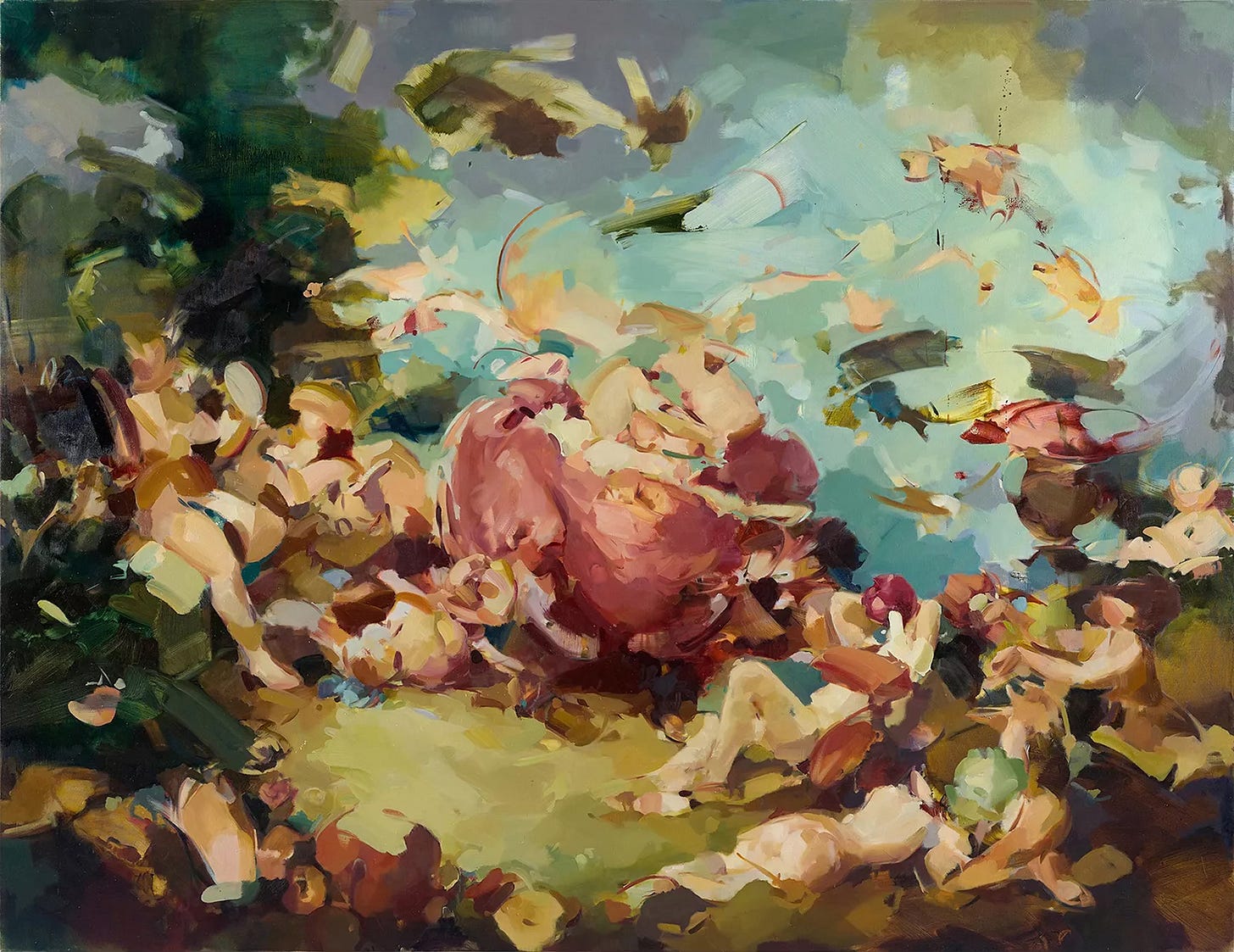
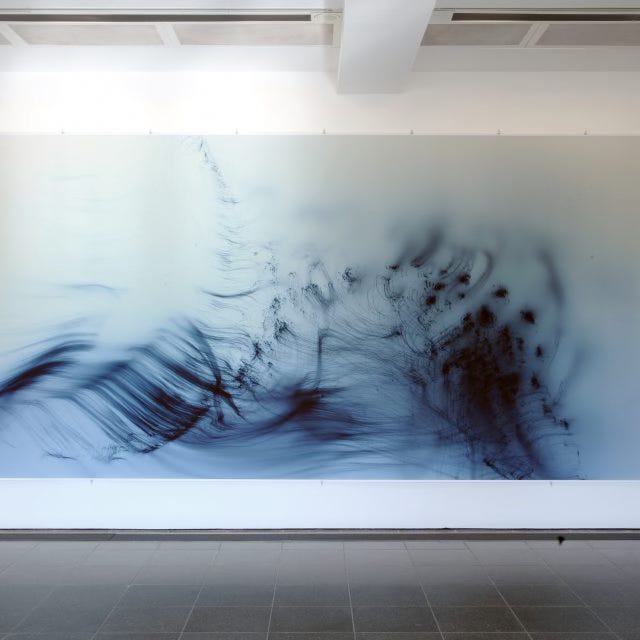
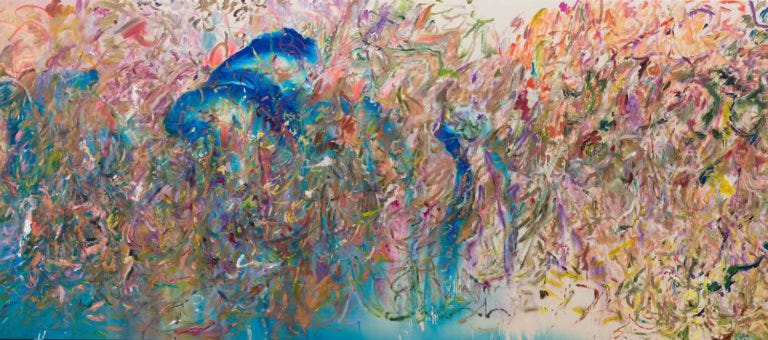
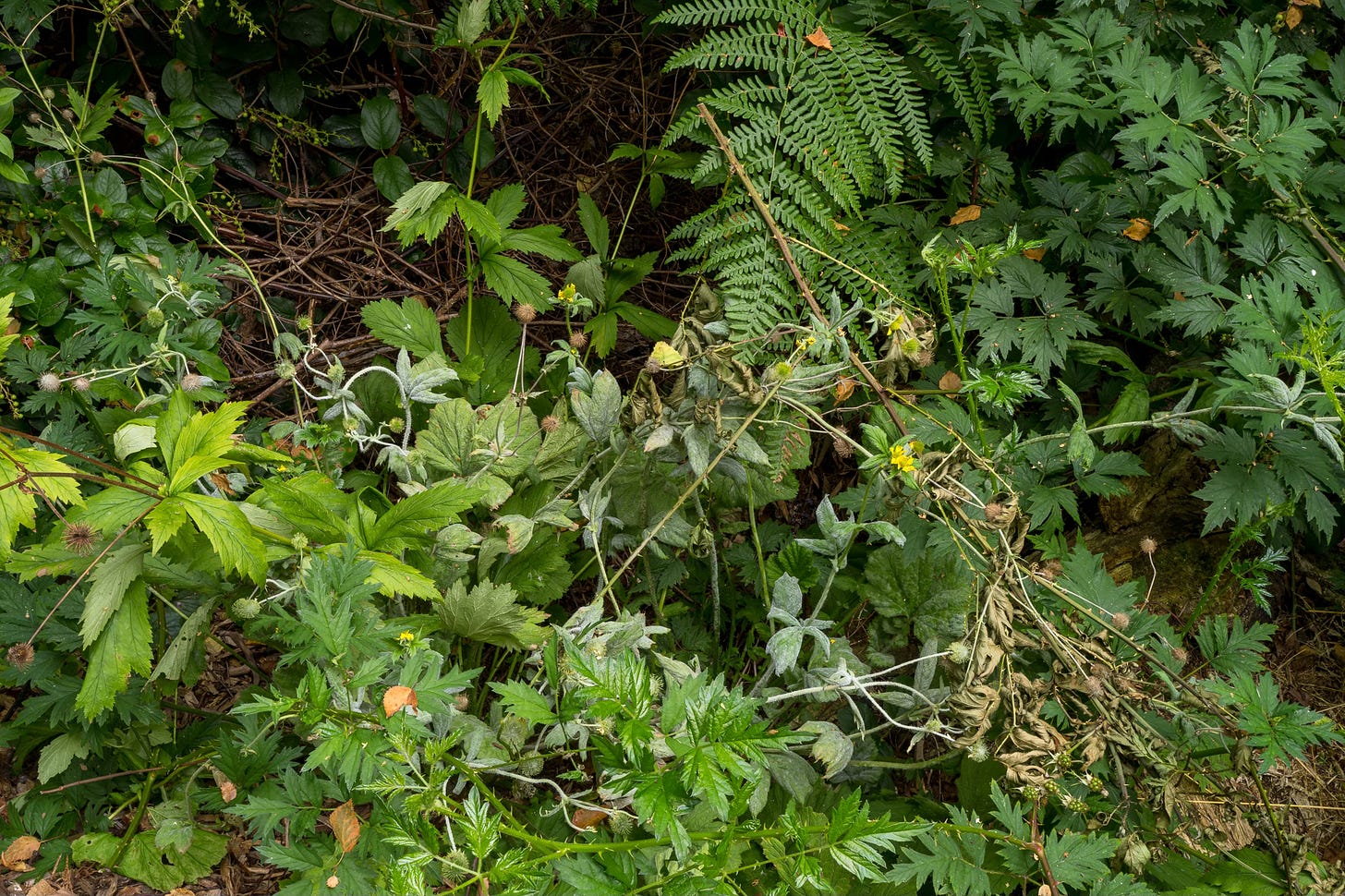
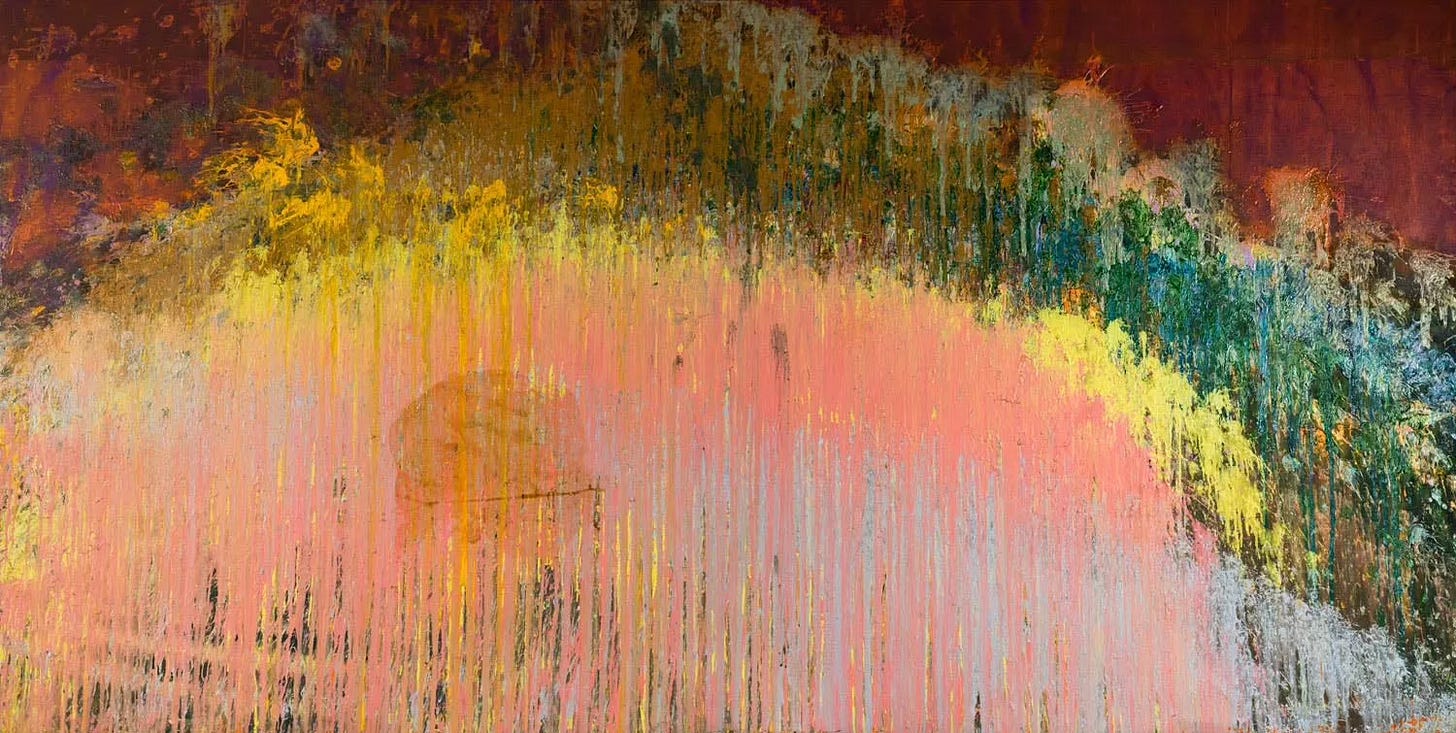
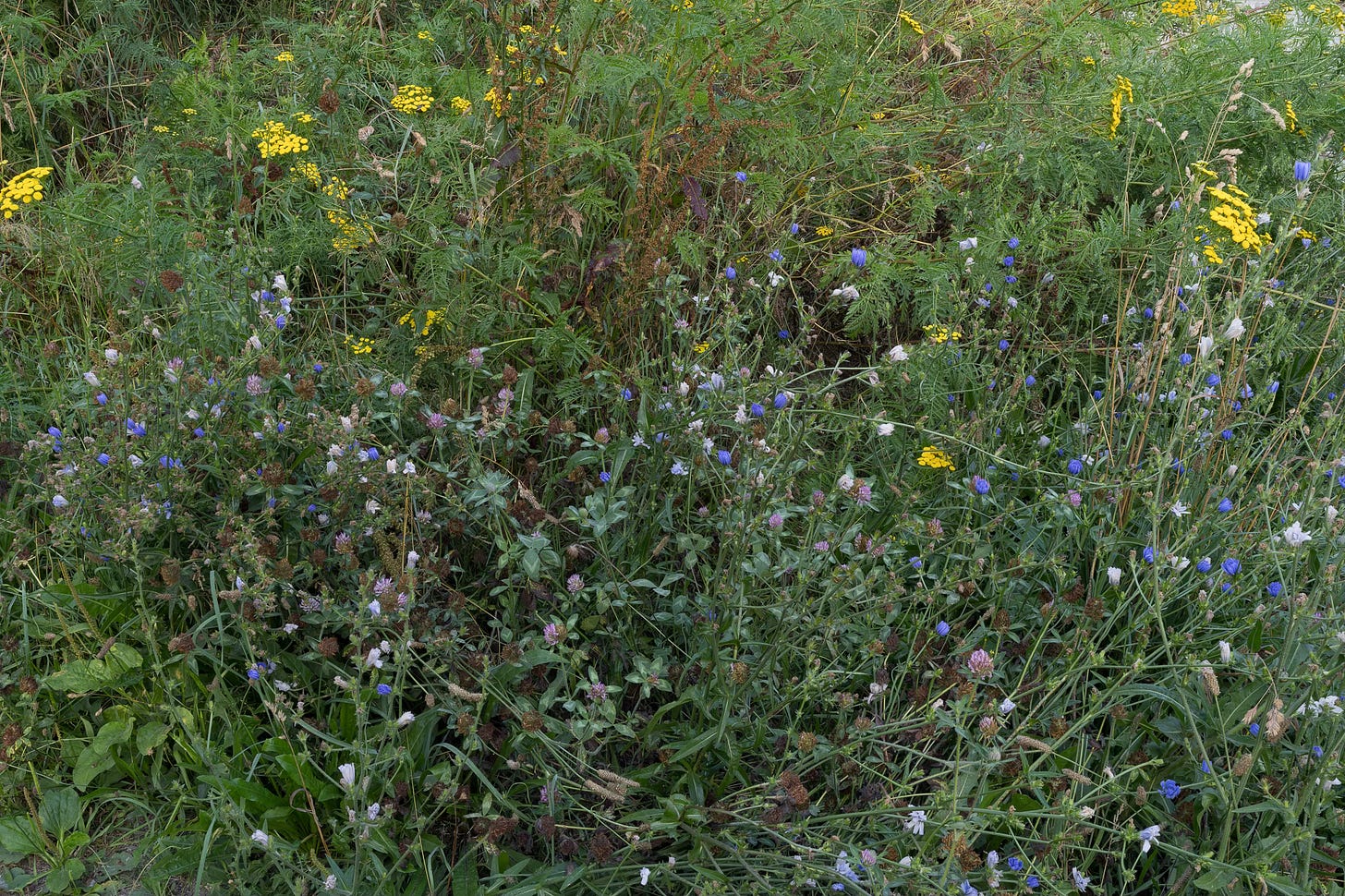
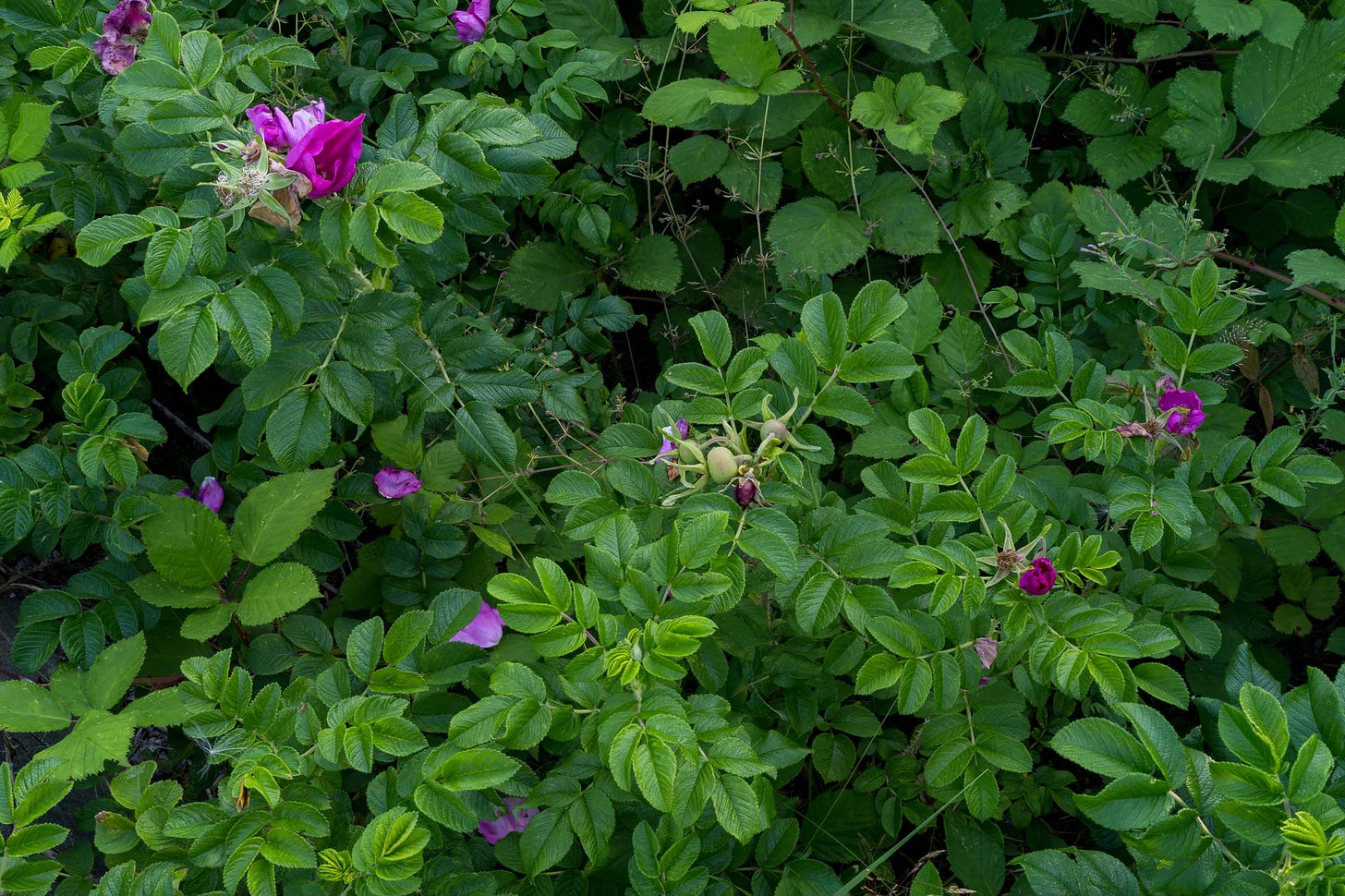
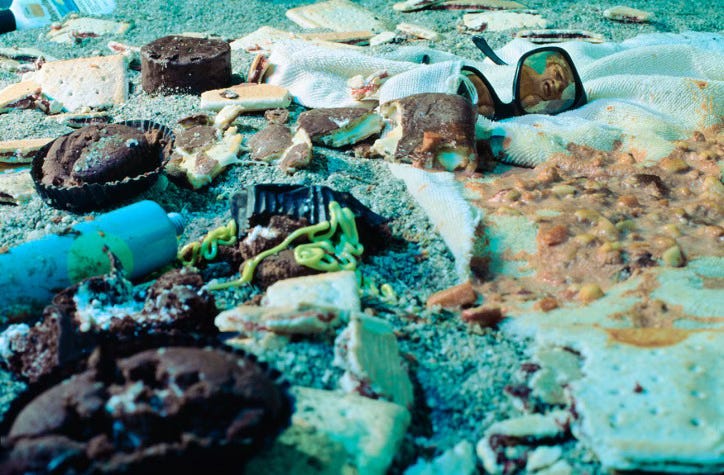
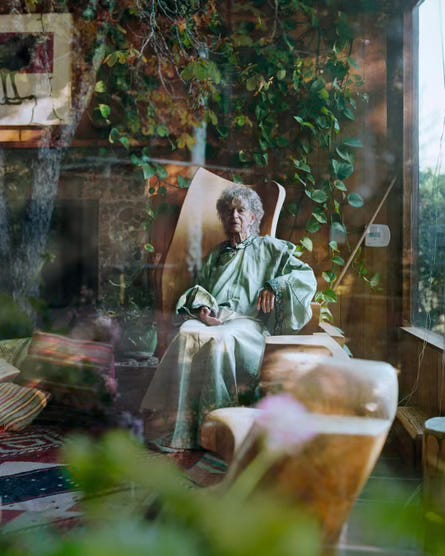
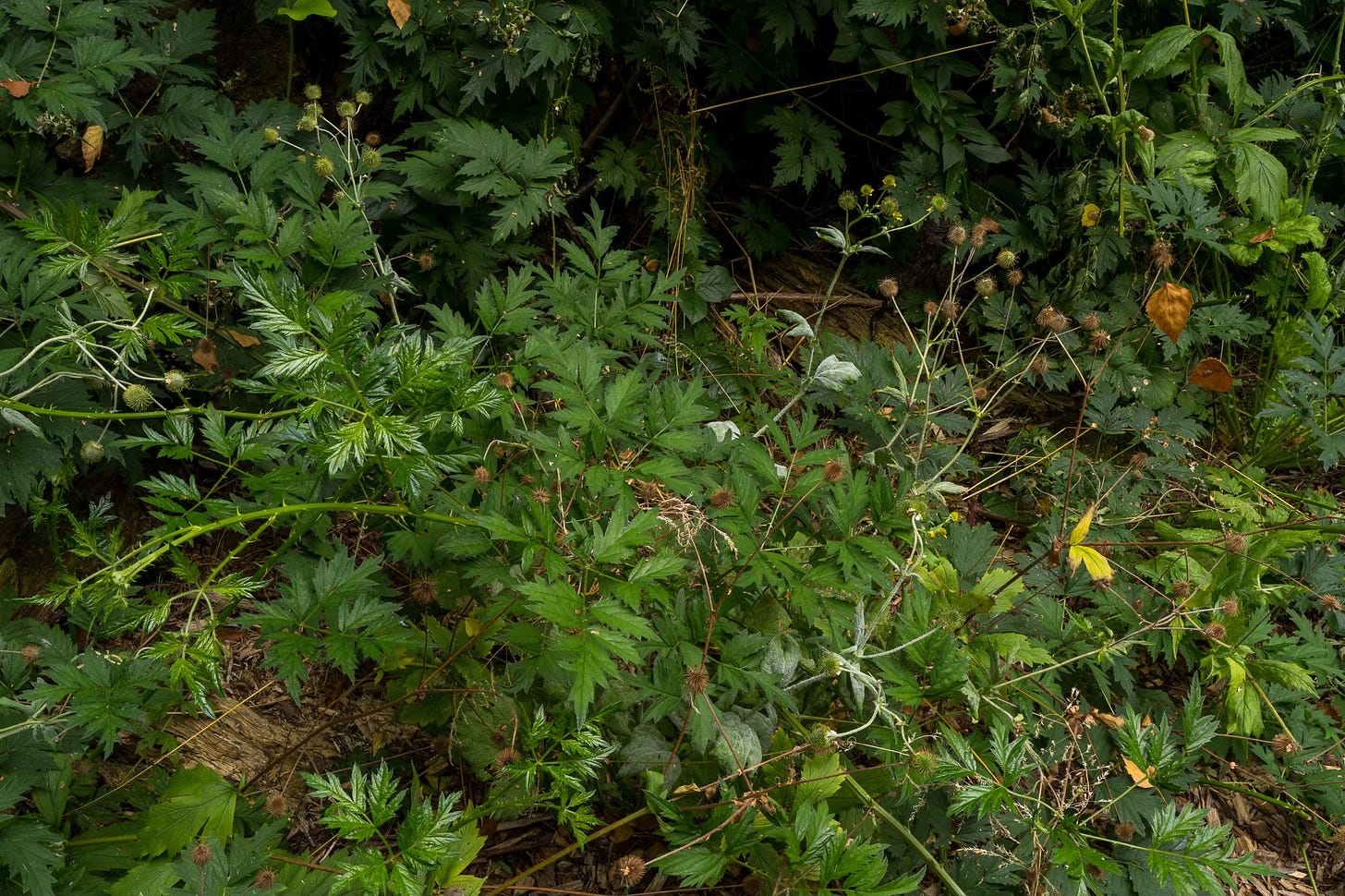
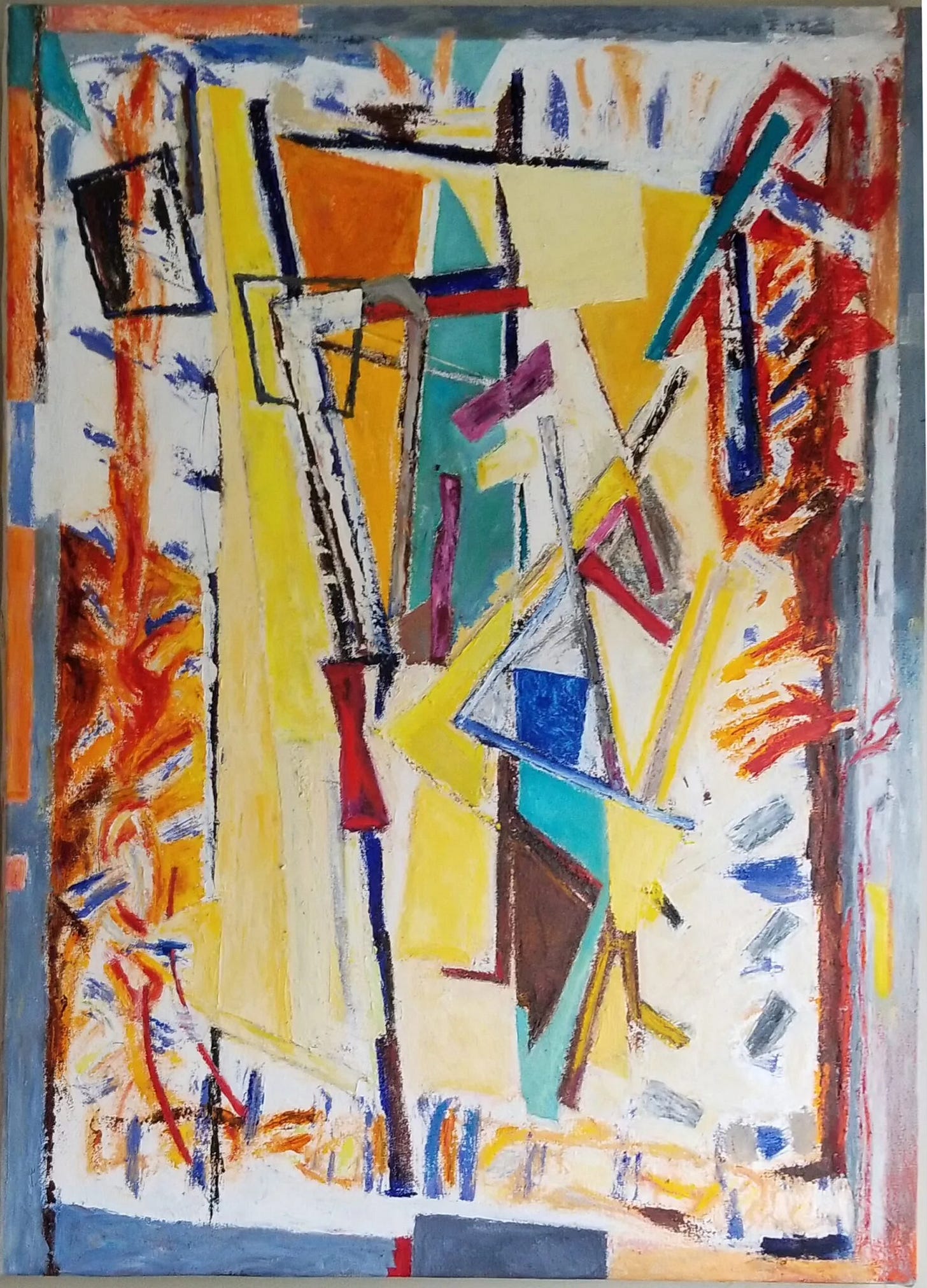
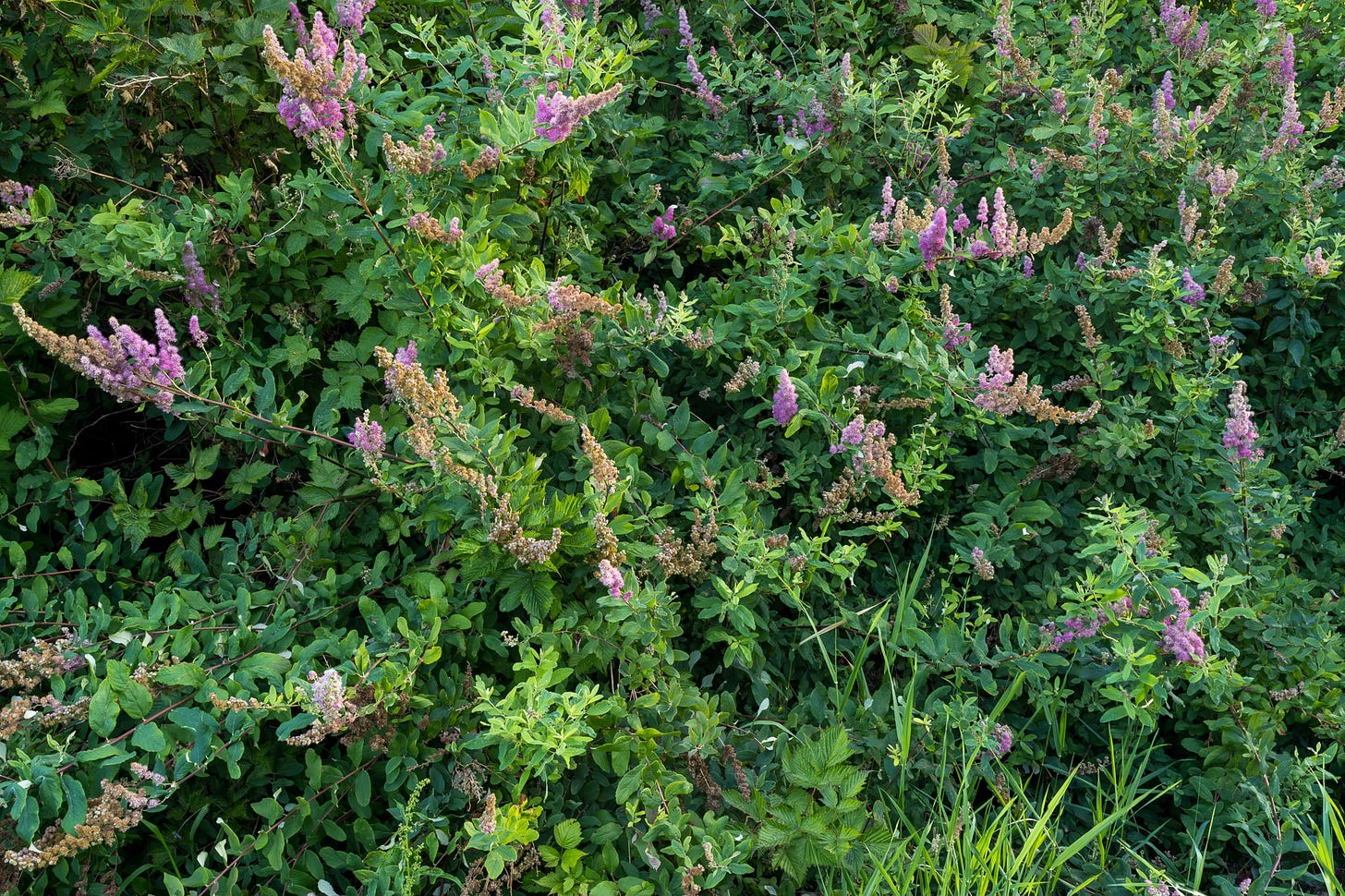
A great deal of food for thought. I am intrigued that we all use the same examples in photography. The same handful of photographers, all of whom have left the fold and gone to the big commercial galleries to achieve higher price points. Sherman, Gursky, Prince, etc. they are all sold at the 'super galleries' and all are collected by exactly the same people who collect Flora Yukhnovich. These photographers are not sold along-side other photographers, but compete for wall space with Hurst and Basquiat. They are sold to Hedge-fund managers, AI bosses and other uber-wealthy trend setters who are looking for the piece that everyone will talk about during their next cocktail party. I much prefer to read about how you are trying to convey something with your photographs that is about how you see and feel. Almost autobiographical. Not out to satisfy the buyer, but setting your own agenda and doing work that speaks to you. I admire that! Lovely post!
Thank you for your fascinating article, I have been thinking along not too dissimilar lines. Thank you for an introduction to unfamiliar artists. Take care…